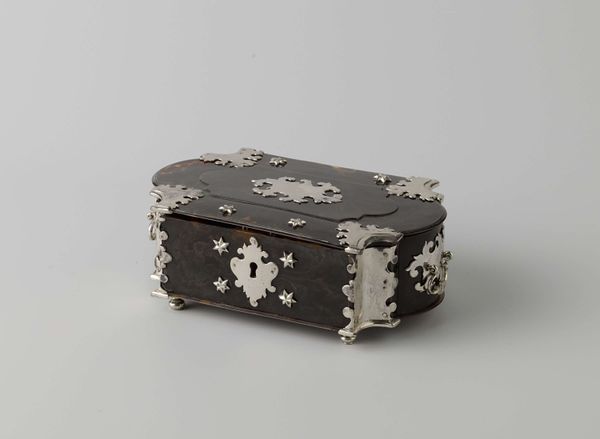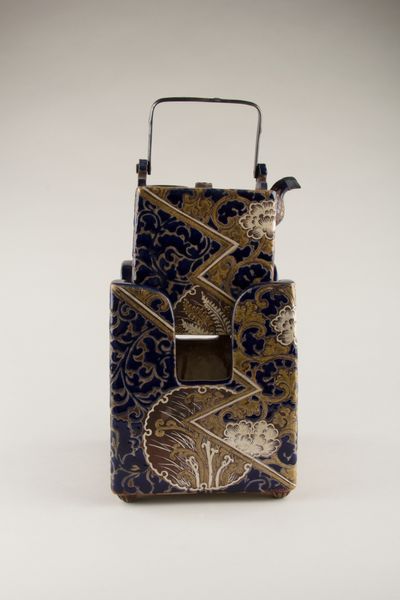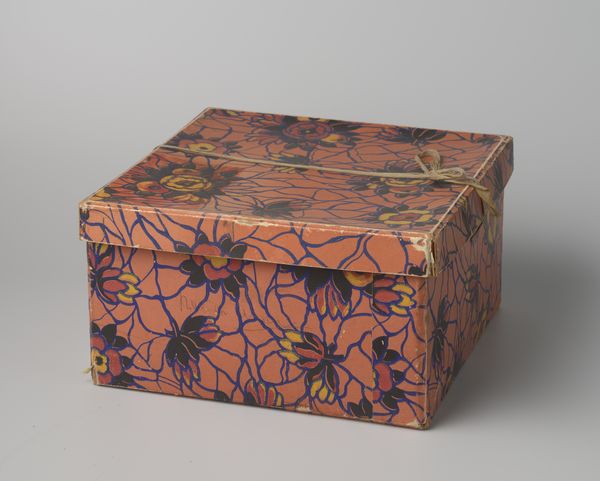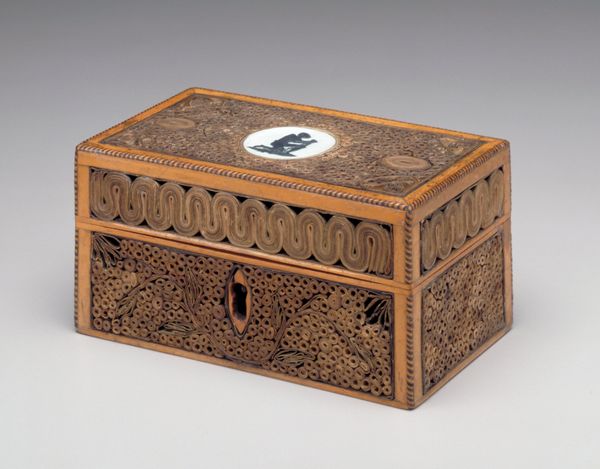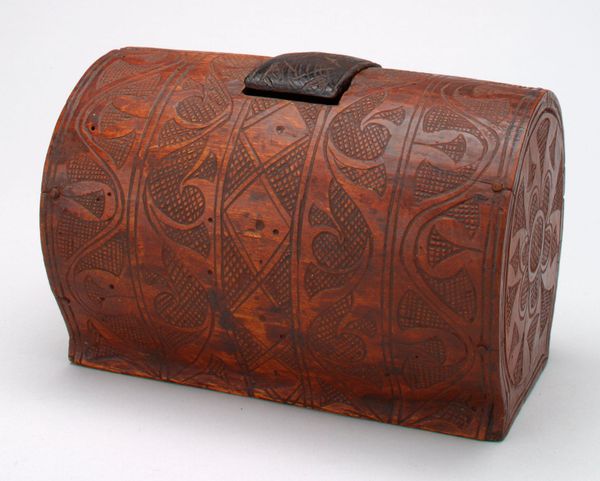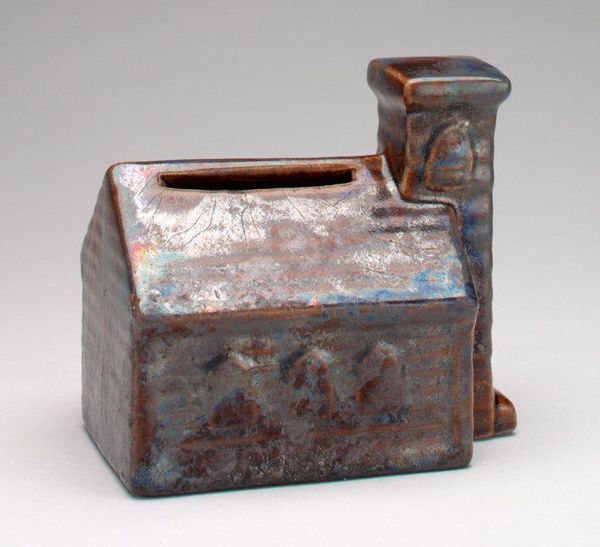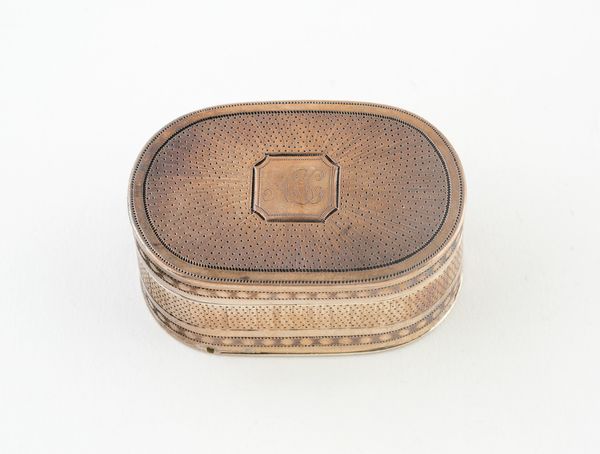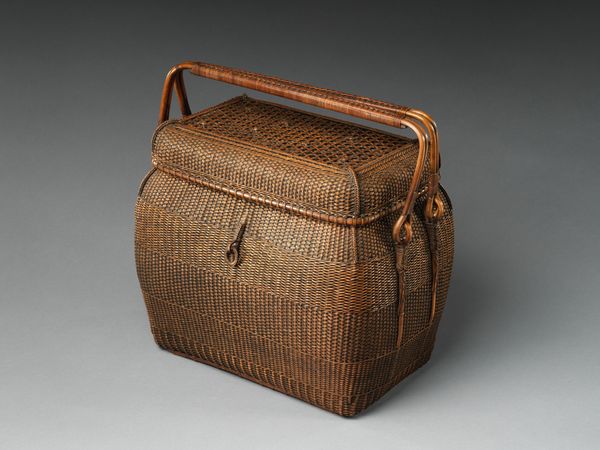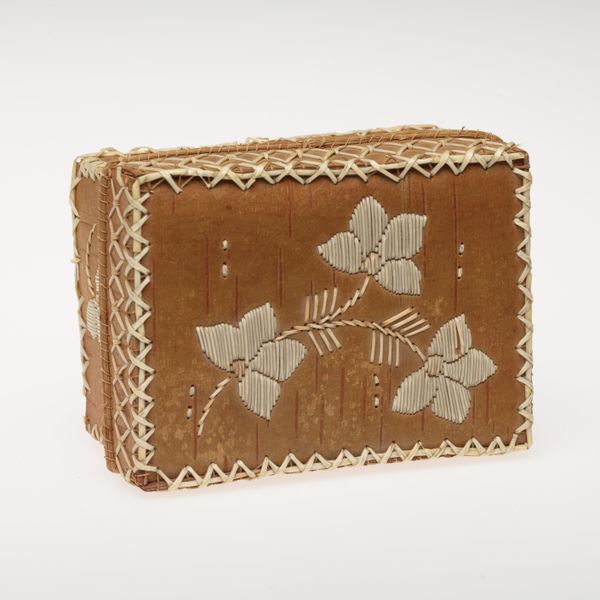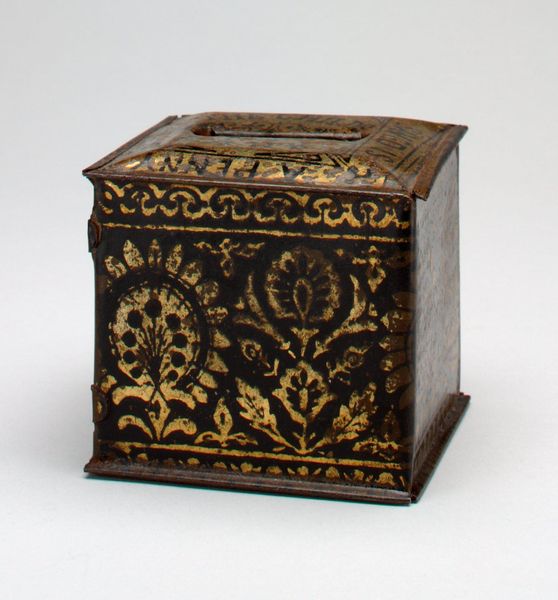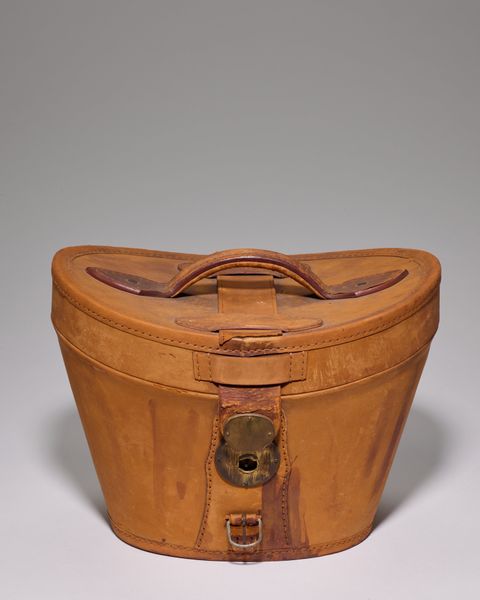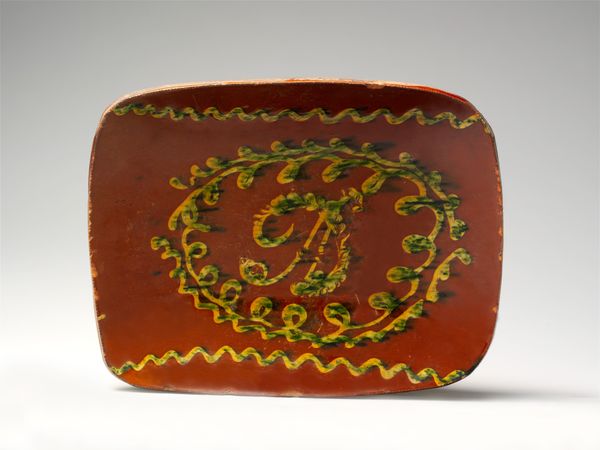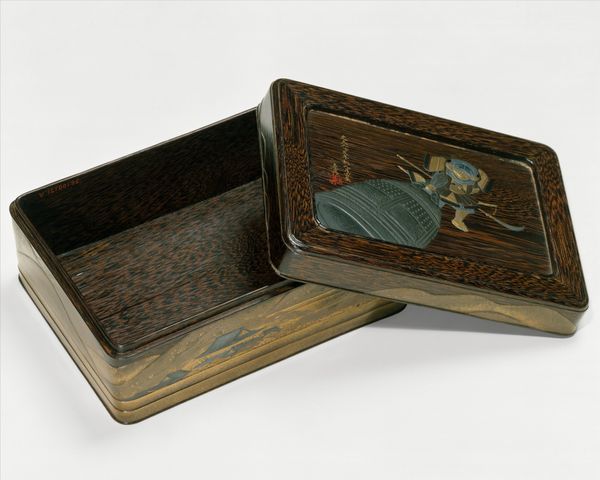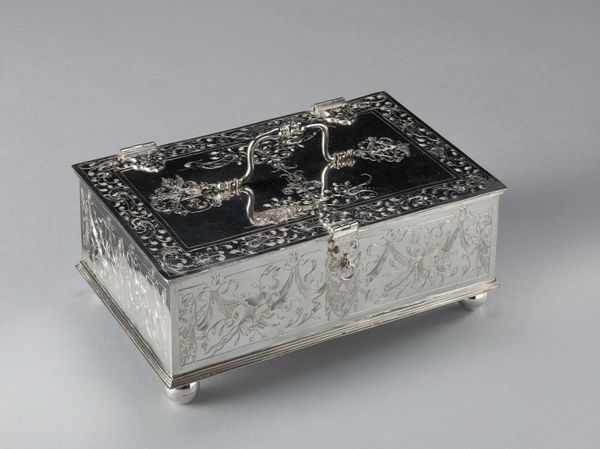
ceramic, earthenware, wood
#
asian-art
#
ceramic
#
earthenware
#
stoneware
#
ceramic
#
wood
#
decorative-art
Copyright: Public Domain
Editor: Here we have a "Footwarmer" dating from the early 17th century, created by an unknown artist. It combines ceramic and wooden materials to form what looks like a beautiful, ornamented box with a handle. I find the level of detail in the lid’s design especially captivating. What historical insights can you share about this intriguing object? Curator: It's a fascinating object. Think about the social context of 17th-century Asia. What does a "foot warmer" suggest about social hierarchies and domestic life during this time? Was it available to everyone, or mainly the elite? These kinds of objects were often a reflection of status and wealth. Editor: That makes a lot of sense. Considering the intricate craftsmanship, it must have been quite valuable. Do the materials, like earthenware and wood, suggest anything about its intended function or cultural significance? Curator: Precisely. Earthenware suggests functionality and perhaps accessibility, while the decorative patterns on the wooden lid, its handle, elevate its purpose. Was it strictly utilitarian, or did it also serve a symbolic function within the household? Also, how might the production and trade of ceramics during that period have impacted its availability? Editor: So it’s both functional and a signifier of status and trade networks? It challenges the binary between purely practical objects and high art. Curator: Exactly! Museums also shape how we perceive and value such objects. Why do you think an object like this is displayed in an art museum today? Editor: To showcase craftsmanship, perhaps? And to offer glimpses into the daily lives and aesthetic values of past cultures? Curator: Indeed! The foot warmer’s presence here speaks to the evolving definition of “art” and the museum's role in preserving and interpreting our shared human history. It is important to always consider the function and cultural context in every single aspect of the production and appreciation of the artwork, as well as the values instilled by institutions that showcase it.
Comments
minneapolisinstituteofart about 2 years ago
⋮
Wang Fengjiang from Jiaxing in Zhejiang province specialized in making metal handwarmers and footwarmers during the late sixteenth century. Wang successfully sought out high-level literati patronage, allowing him to produce some of the finest late Ming metalwork. This large warmer is formed of copper beaten thin and light, with perfect symmetry. The exquisite piercework domed lid was probably inspired by brocaded textile patterns. The swing handle is finely inlaid with silver wire incorporating in seal script the name of the maker. Handwarmers were especially useful to calligraphers and painters when working in cold conditions, and large versions such as this were also used as footwarmers.
Join the conversation
Join millions of artists and users on Artera today and experience the ultimate creative platform.
